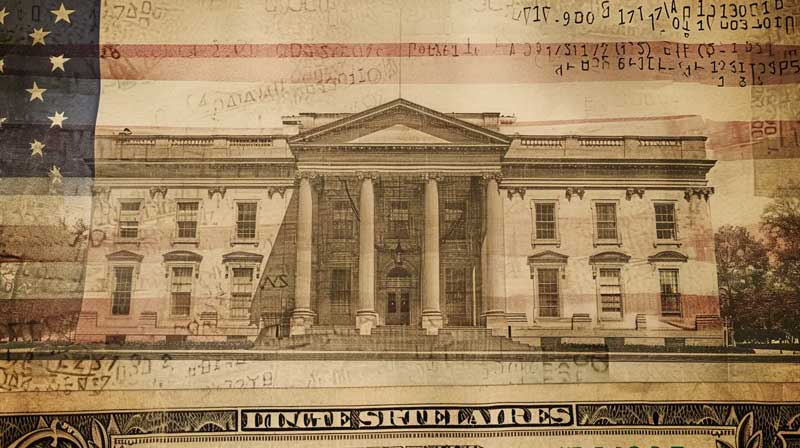U.S. inflation data is sending dovish signals, providing important support for the Fed's interest rate policy adjustments. The July Consumer Price Index showed that overall inflationary pressures have eased, but core inflation remains relatively high. Weak labor market data further reinforced expectations of a monetary policy shift. Fed Vice Chairman Bowman publicly supported three rate cuts this year and suggested starting the process in September. Market expectations for a September rate cut have climbed to 91.5%, significantly strengthening bullish sentiment for gold.

Melting inflation data creates conditions for rate cuts.
July U.S. inflation data revealed a complex pattern of price fluctuations. The year-on-year increase in the overall Consumer Price Index rebounded slightly from 2.7% in June to 2.8%, maintaining a moderate month-on-month growth rate of 0.2%. Core inflation, excluding food and energy, rose 3.1% year-on-year, slightly above the market expectation of 3.0%. This combination of data suggests that overall inflationary pressures are manageable, but structural divergences persist.
The impact of tariffs on commodity prices is beginning to show, with inflation for some core commodities showing signs of a rebound. Prices for clothing, furniture, and entertainment products have all rebounded significantly, reflecting the pass-through effect of rising import costs. However, relatively modest growth in service prices has offset the impact of rising commodity prices to some extent. The above-seasonal decline in energy prices provided a buffer for overall inflation, keeping the month-on-month CPI growth rate in July within a reasonable range.
Federal Reserve officials have sent dovish signals, raising expectations for rate cuts.
In her latest speech, Federal Reserve Vice Chair Michelle Bowman explicitly supported three rate cuts by 2025 and called for the initiation of rate cuts at the September meeting. She emphasized that the tariff-driven price increases are a one-off effect and will not persistently push up inflation. Against the backdrop of steady progress toward the 2% target for underlying inflation, weak aggregate demand, and emerging labor market vulnerabilities, the Fed should monitor downside risks to its employment target.
A number of Federal Reserve officials have recently spoken out, sending consistent dovish signals. San Francisco Fed President Mary Daly, Minneapolis Fed President Neel Kashkari, and Fed Governor Tim Cook have all publicly called for a swift interest rate cut. The July non-farm payroll report showed only 73,000 new jobs, far below market expectations, and the unemployment rate rose from 4.1% to 4.2%. The sharp cooling of the labor market has been a key catalyst for the shift in Fed officials' stance, providing ample justification for monetary policy adjustments.
